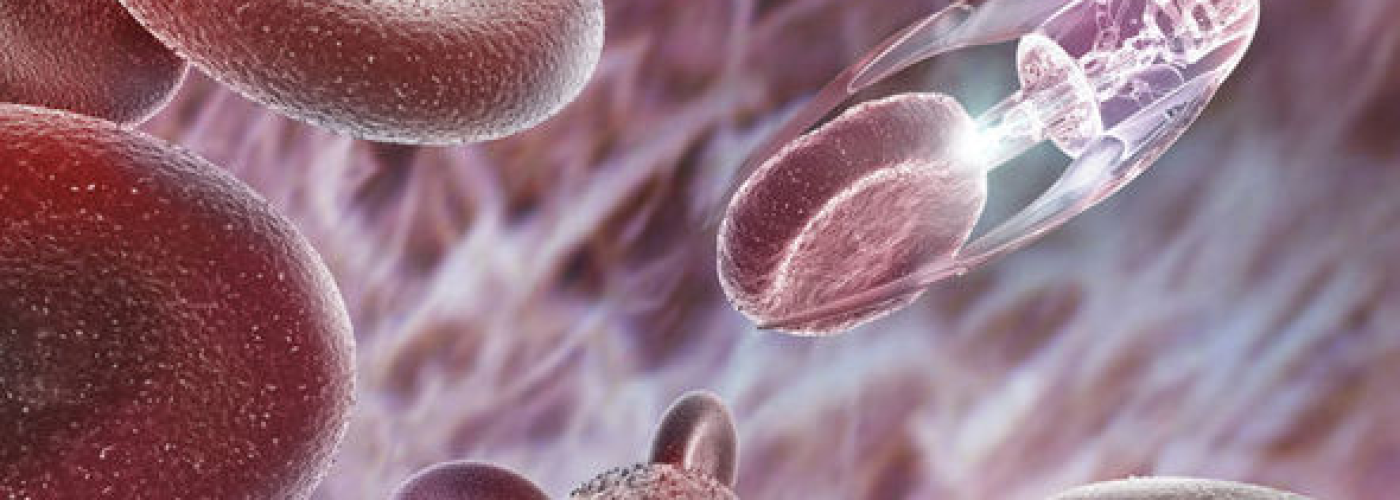Every single day we see new technological advances in every field. The speed at which human endeavour is innovating is pushing the application of science to new levels. Companies who do not advance and develop with it are being left behind.
One such field that is seeing huge growth due to its unlimited potential and application, is nanotechnology. The increased development of materials in nanometric and micrometric scale are the subject of a large number of studies and research. The use in manufacturing industries is only limited to the imagination of the development team working with the process, known as electrospinning, that creates these materials.
The ability to produce produce fibers, polymers and nanometric devices as part of these studies brings the need for specialist equipment and the set up of labs or clean rooms to carry out the research and development.
The challenge for the electrospinning equipment manufacturer is to be able to adapt the equipment according to the needs of the customer who will be using it, in size, scale, materials used. Even the current uses are just the tip of the iceberg as to what could be achieved in the future.
Developing equipment for all sectors that develop nanomaterials
The greatest demand currently for electrospinning equipment comes from two main sectors, industry for production reasons, and academic for research , whether as part of university studies or as part of in-house company research and development departments.
The requirements for machinery can be very different, despite similarities in the core principles of electrospinning. A provider of the machinery may need to provide laboratory suited equipment one day, and the next provide equipment for large production plants. Having the right machinery will ensure the appropriate results.
To give a practical example, one area using nanotechnology is the creation of artificial skin grafts, or protective barriers for organs. This material needs to have the right properties in order to meld with actual living tissue.
As such three-dimensional structures that allow cell growth must be developed. To achieve this, the fiber must be of an adequate size, with the correct distribution of the pores. This allows for the migration of cells, the formation of blood vessels and the diffusion or exchange of materials between cells.
In addition, these structures must provide the same functional characteristics as the replaced tissue, and be compatible with the organism to avoid rejection by the immune system. It is vital that, in order to achieve outstanding results, the chosen manufacturer of machinery is of the highest quality. It is very important. Particularly when trusting the machinery to produce highly technical fibers like this.
Key factors in choosing the right electrospinning equipment
While some factors will change, there are some basis to take into consideration. For example features should include:
- A simple design and the possibility of using different materials and formulations;
- that is compact and light in such a way that allows for maximizing of space;
- Constructed with with easily cleanable materials
- A simple interface for operators that allows for easy use and quick upskilling of researchers or employees
- A means to easily remove any potential gases produced during the process
Of course cost is also a consideration, but it will be far lower in comparison to the set up of normal manufacturing processes and equipment.
After this, is will be about making sure the machinery meets individual needs as according to the intended usage. Bear in mind that technology does not stand still. It is always evolving and the equipment needs to be future-proofed to a point where it can stand the test of time and still remain efficient and relevant.
Potential applications for nanotechnology
The range of sectors exploring nanotechnology is quite wide ranging. For example it is already seen in:
Nutraceuticals: related to pharmacy and nutrition
Immobilization of living cells: used in the application of in vitro processes and used to harness cells
Functional foods: the so-called functional nano-foods, microcapsules, etc.
Food packaging: it is intended to increase the shelf life of food, as well as preserve its properties.
These are some of the most innovative fields. The following areas are also exploring the possibilities:
Biomedical and tissue engineering
Cosmetics
Delivery of medicines
Micro and nano encapsulation
Catalysis
Energy storage
Functional textiles
Phase change material
Filtration and separation
Affinity membranes
Compounds and nanocomposites
The differences between the requirements for each field can be quite wide ranging. As such the manufacturing companies of electrospinning machines must be able to adapt to those needs easily.





